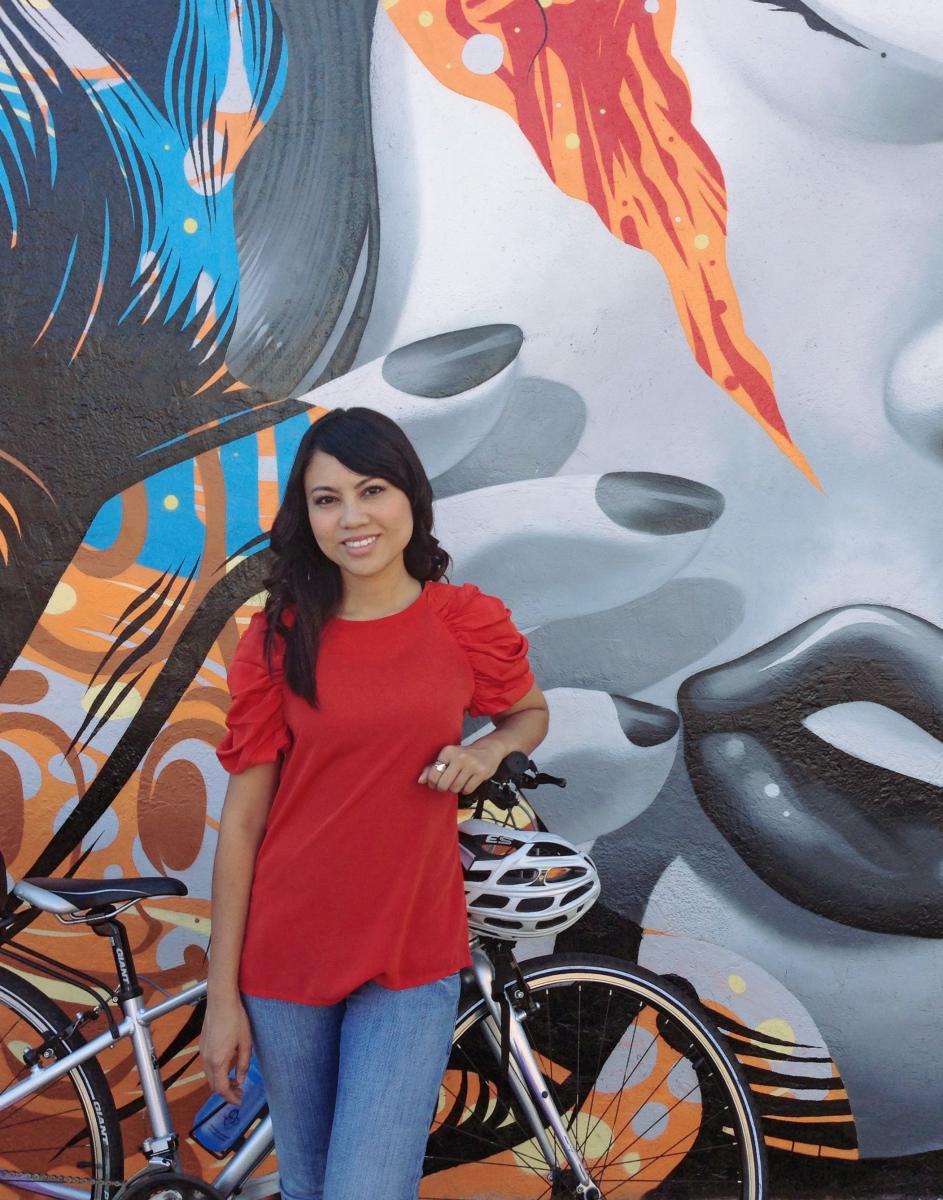DISCOVER YOUR LOCAL BICYCLING COMMUNITY
Find local advocacy groups, bike shops, instructors, clubs, classes and more!
Tips to Create Inclusive Learning Space
 With more than 3,500 certified League Cycling Instructors nationwide, we have the privilege of working with hundreds of leaders who are delivering our Smart Cycling program and innovating bicycle education in exciting ways.
With more than 3,500 certified League Cycling Instructors nationwide, we have the privilege of working with hundreds of leaders who are delivering our Smart Cycling program and innovating bicycle education in exciting ways.
Whether you’re an educator yourself or simply a bicycle enthusiast, our LCIs have so much knowledge and inspiration that we want to share their stories. In this edition of LCI Corner, Maria Sipin, #womentalkbikes co-host and LCI #3846, gives some advice for creating a safe and inclusive learning environment.
***
Taking a new class can be full of intense emotions including unpleasant ones. Bike safety education is no different. It demands participation from everyone and presents unfamiliar challenges to some. The class requires mental and physical energy for full engagement, and is most enjoyable for students when instructors are competent and supportive. Not only do instructors have the duty of insuring that students are safe from road obstacles but they also have the responsibility to create a safe learning environment, free of discrimination, harassment, and bullying.
A safe learning environment is inclusive of diversity beyond cultural differences and financial status. It means showing respect for people who may have an experience different from yours or may express themselves in ways society hasn’t created an injurious label for. For example, it’s common to make generalizations about gender identity and gender expression.
“Women do this; men do that.” Because of this segmentation in language and actions based on assumptions, people are more than just divided; they’re hurt. When we talk about bicycles, clothing, and events, these slip-ups can happen. I’ve been affected by this as a student, and I’m constantly working to be more self-aware as an instructor to challenge my personal beliefs and to improve my curriculum.
One simple activity to introduce at the beginning of bike classes or any meeting is to practice preferred gender pronouns.
My name is Maria Sipin, my preferred gender pronouns are she/her/hers (feminine). Other responses could be he/him/his (masculine) or ze/hir/hirs (neutral). This can help reduce instances of mispronouncing names and addressing someone by the wrong pronoun.
There are resources available and organizations that help educators gain a new lens for teaching. It’s a matter of seeking out these opportunities and keeping an open mind to improve bike education and the community as a whole.